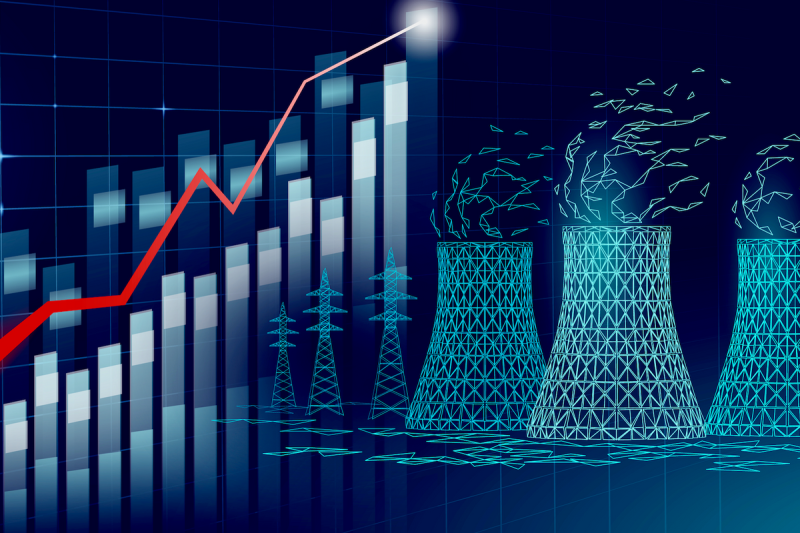The administration’s goal is to triple nuclear power capacity by 2050, largely as a strategy to combat climate change and transition to cleaner energy sources. This ambitious plan signals a significant shift in the nation’s energy policy and has sparked both praise and concern among experts and the public.
The urgency to address climate change and reduce greenhouse gas emissions has driven many countries, including the United States, to consider nuclear energy as a key component of their energy portfolios. Nuclear power is a low-carbon energy source that does not emit greenhouse gases during operation, making it an attractive option for countries looking to reduce their reliance on fossil fuels.
However, nuclear power is not without its controversies. Safety concerns, including the risk of accidents and the long-term storage of nuclear waste, have long been key issues surrounding the industry. The high costs of building and operating nuclear power plants have also been a deterrent for many countries considering expanding their nuclear capacity.
Despite these challenges, proponents of nuclear power argue that advancements in technology have made nuclear energy safer and more efficient than ever before. New reactor designs, such as small modular reactors, promise to address safety concerns while reducing costs and construction times. Additionally, innovations in nuclear waste management, including recycling and advanced storage solutions, offer potential solutions to one of the industry’s most pressing challenges.
One of the main arguments in favor of expanding nuclear power capacity is its reliability and energy independence. Unlike renewable sources like wind and solar, nuclear power can provide baseload electricity that is not dependent on weather conditions. This stability can help ensure a consistent energy supply, especially as countries seek to reduce their reliance on fossil fuels and transition to a more sustainable energy mix.
However, critics of nuclear power raise valid concerns about the potential risks associated with nuclear energy. Accidents such as the Chernobyl disaster in 1986 and the Fukushima Daiichi meltdown in 2011 serve as stark reminders of the catastrophic consequences that can result from nuclear accidents. The long-term storage of nuclear waste remains a significant challenge, with no universally accepted solution in sight.
In conclusion, the administration’s plan to triple nuclear power capacity by 2050 represents a bold step towards a cleaner, more sustainable energy future. While nuclear power offers significant benefits in terms of reducing greenhouse gas emissions and enhancing energy security, it is essential to address the safety, cost, and waste management challenges associated with the industry. Only through a balanced approach that considers both the benefits and risks of nuclear energy can countries effectively harness its potential as a crucial component of their energy transition strategies.






























